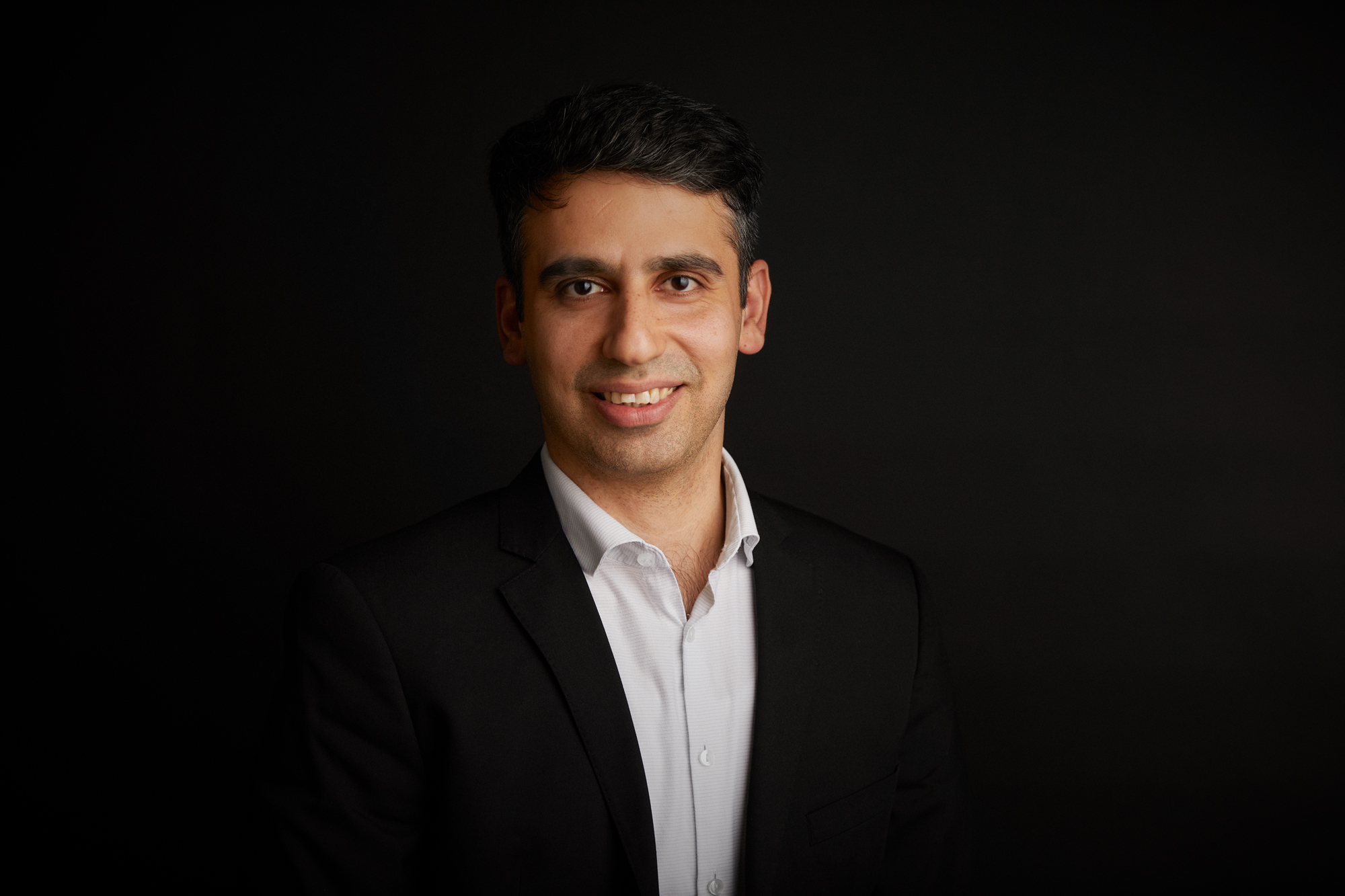Ahmad Rafsanjani Abbasi
Research leader

Project title
Seeing without Seeing through Bioinspired Soft Touch
What is your project about?
I work on a new branch of robotics called soft robotics. Traditional robots made of metals and rigid joints can perform repeatable tasks fast and accurately, but they are not versatile and safe. Inspired by biological systems, soft robots are flexible and squishy and can safely interact with humans and efficiently adapt to complex environments. However, they are still missing the capability of sensing themselves and their surroundings. My project aims at giving soft robots a sense of touch by taking inspiration from tactile specialists in Nature.
How did you become interested in your particular field of research?
When I was a postdoc in Bertoldi Lab at Harvard University, I found myself surrounded by many inspirational researchers from different disciplines collaborating around soft robotics. I loved the breadth of creativity, freedom, untraditional approaches, and multidisciplinary that shaped this young and vibrant field of research that could attract chemists and materials scientists, physicists, biologists, computer scientists, electrical and mechanical engineers, and artists. Earlier, during my PhD at ETH Zurich, I took a course with the distinguished Professor Wilfred van Gunsteren who once in the classroom gave us a piece of lifelong advice: “Try to work on something that has room for innovation and impact.” I believe this statement does not exclude any research field, but for me, soft robotics is the one with many untapped potentials.
What are the scientific challenges and perspectives in your project?
The development of sensor-clad electronic skins for robots is a multifaceted engineering challenge. Existing rigid and bulky tactile sensing technologies compromise the deformability of soft robots. Therefore, we need to develop innovative soft sensors that respond to intensity and direction of touch while preserving the compliance of the robot. We can learn how to integrate the sense of touch in soft robots by looking at some of the best tactile specialists in Nature.
What is your estimate of the impact, which your project may have to society in the long term?
I envision a future where integrating the sense of touch in soft robots will enhance their autonomy and make them our versatile and reliable companions. However, before inviting robots from factory floors to our living rooms, we need to ensure they are safe and sensate! Soft robots can serve society by improving the life quality of aging populations and providing differently-abled individuals with equal opportunities. There are many other areas of applications that can benefit from a perceptive soft robot such as search and rescue, minimally invasive surgery, and space exploration.
Which impact do you expect the Sapere Aude programme will have on your career as a researcher?
Sapere Aude gives me the courage, freedom, and joy of exploring a new paradigm in soft robotics. It allows me to grow my team, develop new skillsets, and initiate international collaborations with leading scientists from different disciplines. My research synergizes the deformation of the body of soft robots and the functionality of their skin from different perspectives. This grant enables me to study how active movement can complement the sense of touch in soft robots. Overall, this instrument paves my way towards receiving international recognition in my research field and enables me to establish a world-class soft robotics research center in Denmark.
Background and personal life
I spend most of my spare time with my wife Shima and our little daughter Tara. We both enjoy traveling, hiking, biking, and showing the world to her. Before moving to Denmark, we lived in Iran, Zurich, Montreal, and Somerville in Massachusetts.
View all research leaders here
Research institution
University of Southern Denmark
Research field
Soft Robotics
City of your current residence
Odense
High school
Hasheminejad (Mashhad, Iran)
